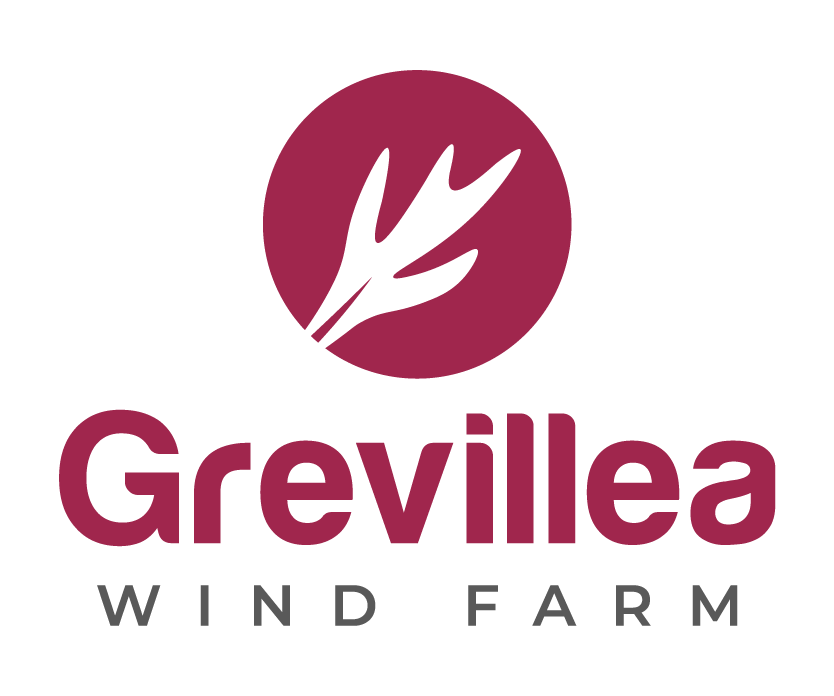Wind farms can be constructed in a variety of locations, but their viability depends on several critical factors. Foremost among these considerations is the presence of strong and consistent wind. Areas with open landscapes such as farmland, coastal regions, and elevated terrains often offer optimal wind conditions for effective energy generation. Geographical features, such as hills and ridges, can enhance wind flow, while obstacles like dense forests or large structures can impede it. Environmental impact assessments are imperative to address potential effects on ecosystems, wildlife, landowners and local communities.
Additionally, regulatory requirements, land use compatibility, infrastructure accessibility, and community acceptance play critical roles in determining suitable locations for wind farm installations. While advancements in technology have broadened the possibilities, careful planning and consideration of these factors are essential to ensure the successful deployment of wind farms.






